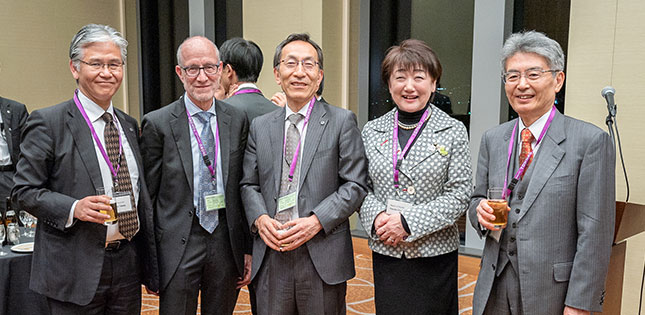Last summer, the Japanese government announced its decision to establish the country's first-ever next-generation synchrotron radiation facility at the new extension of Aobayama Campus.
A coalition of five organisations -- Photon Science Innovation Center (PhoSIC), Miyagi Prefectural Government, Sendai Municipal Government, Tohoku University and the Tohoku Economic Federation -- will partner with the National Institutes for Quantum and Radiological Science and Technology (QST) to implement this project.
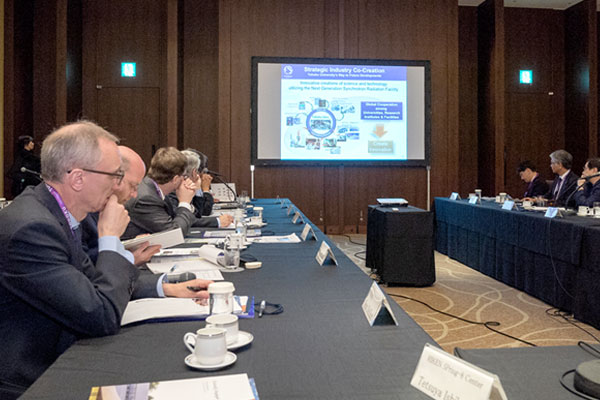
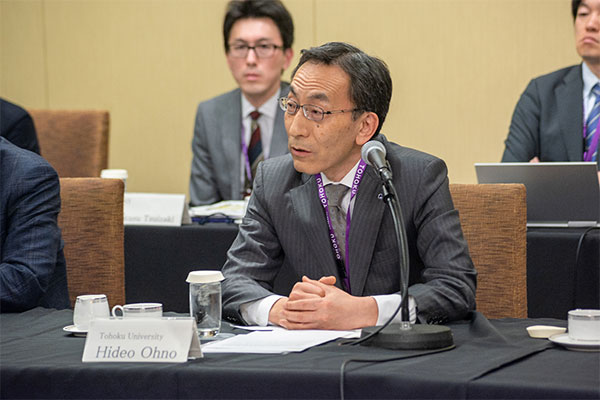
With construction underway, Tohoku University hosted a series of events in late April that brought together stakeholders from government, business and academia for a closed door summit.
Researchers from the world's top universities and institutes, as well as representatives from leading international synchrotron research facilities, also participated in the inaugural International Forum for Innovation in Next-Generation Synchrotron Radiation. Discussions there focused on sharing experiences, promoting strategic research collaborations and how best to jointly utilise the facilities.
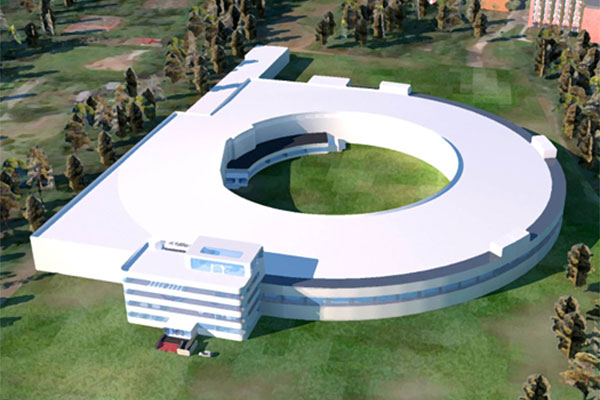
The new next generation synchrotron radiation facility in Sendai, which is scheduled to be operational in 2023, will feature a huge circular particle accelerator measuring 325-425 metres in circumference and 100-135 metres in diameter. The soft X-ray radiation generated by the accelerator will be used to perform observations for visualizing the functions of materials subjected to various methods.
The core strategy of the Sendai project will be in line with the global trend of building "research complexes," consisting of companies and academic research institutes, around large synchrotron radiation facilities, as seen with SOLEIL and ESRF in France, and MAX-IV in Sweden.
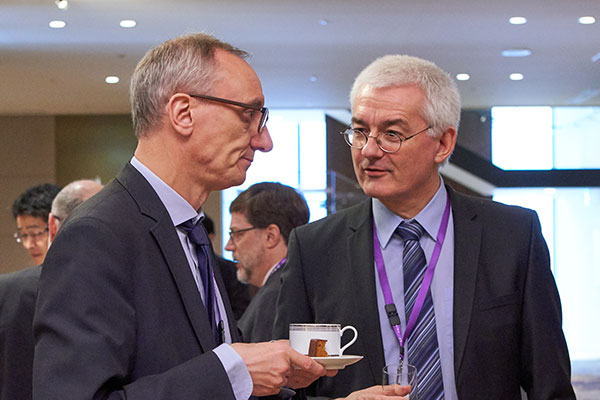
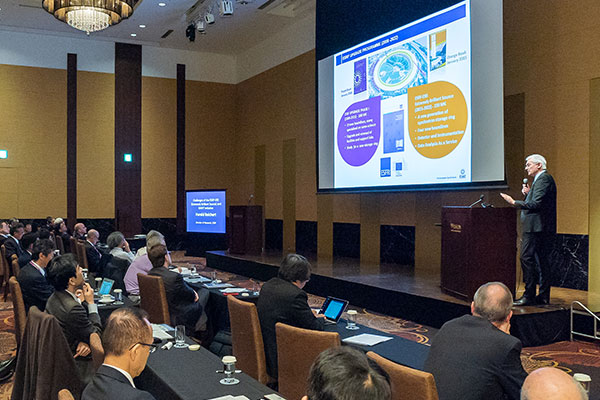
Tohoku University, with its strong research capabilities and reputation, is expected to play a central role in the new complex.
"We hope that this will create a positive cycle in the Tohoku region -- particularly in the areas of research and development, commercialisation of research results and human resource development -- that will attract the world's attention," said Shinya Endo, the vice governor of Miyagi Prefecture. To that end, he said, the prefecture will subsidise regional representatives and promote the establishment of new businesses by providing tax incentives.
"Many local companies are small but they have very special expertise to offer. I hope this facility is an opportunity for some local companies to grow beyond Sendai and eventually become national or global," said Masaki Takata, president of Photon Science Innovation Center (PhoSIC). "My dream is for Sendai to become a global center of excellence for all aspects of science and technology."
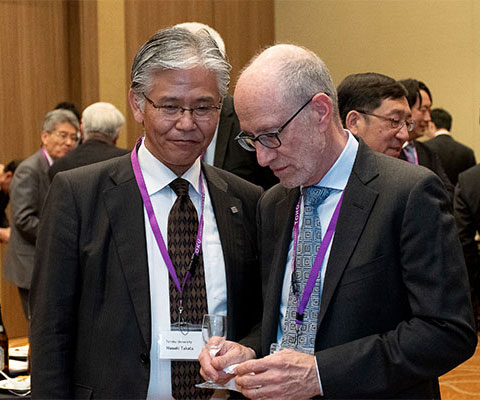
At the end of the forum, Jerome Hastings, a professor at Stanford University and chairman of the SLiT-J International Review Committee, presented the Aoba Communique. He described the successful initiating of the next generation 3GeV Synchrotron Radiation facility in Sendai as proof that Japan is recovering well from the earthquake and tsunami that had devastated so much of the Tohoku region in 2011.
The communique also outlined a commitment to hold regular summit meetings among SR facilities worldwide "as a forum for the development of alliances between universities, industry and the facilities to promote basic and applied research."
"This is about developing a partnership. Science has a responsibility to society and to address important human needs. Sometimes we lose sight of that. So re-energizing that focus is an important aspect of these large facilities."
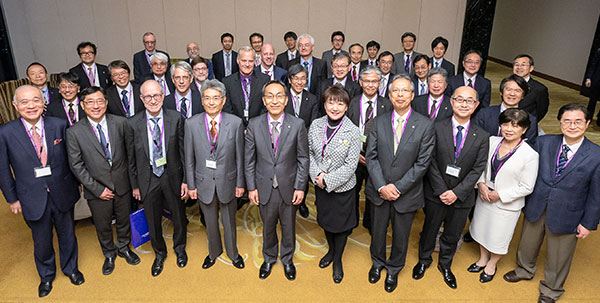
Contact:
Forum organizing committeeTohoku University Research Promotion Division
E-mail: next3gev
 grp.tohoku.ac.jp
grp.tohoku.ac.jpWebsite: http://www.slitj.tagen.tohoku.ac.jp/next3gev_IF01/index.html

